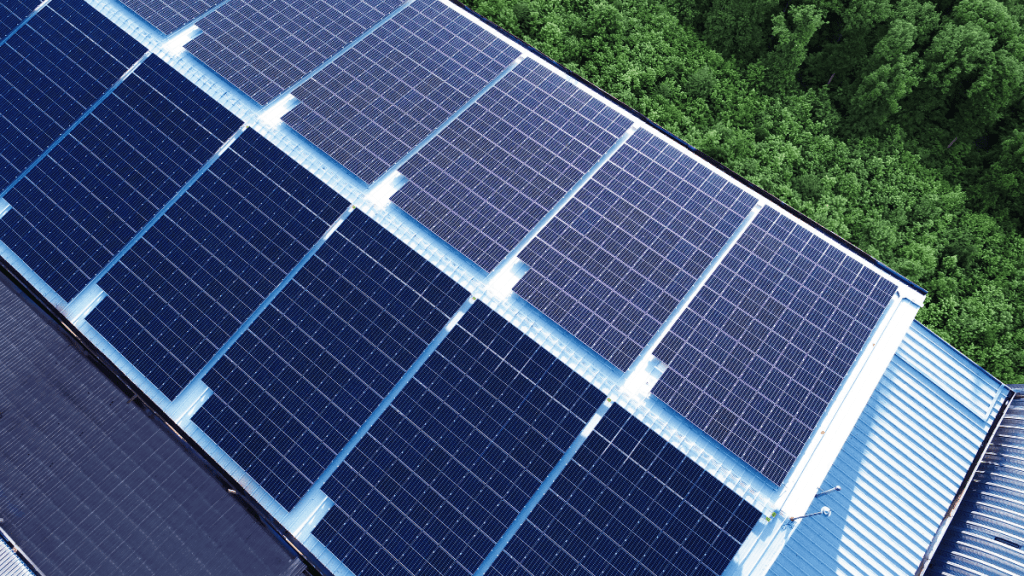Foulath and Yellow Door Energy Build 123MW Rooftop Solar Giant in Bahrain
When Bahrain’s Foulath Holding teamed up with Yellow Door Energy, they didn’t just plan another solar project—they created a record-breaker. The 123MWp solar plant now sitting atop their industrial facilities isn’t just big; it’s the largest single-site rooftop installation globally. But what makes this steel-and-sun partnership tick?
Why Industrial Rooftops Are Solar’s Hidden Goldmine
Most conversations about solar focus on vast desert farms or residential panels. Yet warehouses and factories offer acres of underused rooftop space. Foulath’s Bahrain Steel and SULB facilities presented the perfect canvas—flat, expansive, and energy-hungry. The math is simple: more space means more panels, and higher consumption means quicker payback.
The Numbers That Matter
123 megawatts peak (MWp) capacity isn’t just a vanity metric. It translates to powering thousands of homes annually. For Foulath’s operations, this slashes their grid dependence while locking in decades of predictable energy costs—a smart hedge against volatile fossil fuel prices.
How Yellow Door Energy Cracked the Code
Building at this scale isn’t about slapping panels on roofs. Yellow Door Energy brought their expertise in designing systems for harsh Gulf conditions. Think dust-resistant coatings on panels, inverters from brands like Huawei that handle 50°C heat, and angled mounts maximizing Bahrain’s 3,000+ sunshine hours yearly.
The Maintenance Mirage
“Solar is maintenance-free” is industry fiction. This project includes robotic cleaners like those used in Dubai’s Mohammed bin Rashid Al Maktoum Solar Park—because dust buildup can slash output by 30%. Scheduled drone inspections catch micro-cracks before they become headaches.
Steel Meets Sun: An Unlikely Power Couple
Foulath’s steel production is energy-intensive, with electricity costs eating into margins. By going solar, they’re not just saving money but future-proofing operations. It’s ironic—the same steel supporting the mounting structures will outlast the panels themselves.
Grid or Island Mode?
Unlike residential setups, this behemoth operates on industrial net metering. Excess power flows to Bahrain’s grid during daylight, effectively running the meter backward. At night, they draw conventional power—a dance made possible by smart meters from Siemens.
What This Means for the Middle East
While Dubai grabs renewables headlines, Bahrain’s quietly becoming a rooftop solar leader. The kingdom’s “National Renewable Energy Action Plan” targets 250MW from renewables by 2025—this single project delivers half that. Other manufacturers are watching closely.
The Copycat Effect
Remember how Saudi’s ACWA Power sparked a regional solar rush? This project could do the same for rooftop installations. Neighboring Oman already mandates solar water heaters in new buildings—might they extend this to industrial PV?
The Bottom Line
Solar isn’t just for deserts or suburbs anymore. Projects like this prove that when industries harness their own rooftops, they don’t just cut costs—they rewrite energy economics. The next time you see a factory, look up. That empty space might just be a power plant waiting to happen.
This isn’t tomorrow’s tech. It’s here, it’s working, and it’s profitable. The only question left: who’ll be next to turn their roof into revenue?






